Report: Western Water Threatened by Wildfire
Water is the arid West’s most precious and most vulnerable resource.
Western water allows metropolises to bloom in the desert, it fuels America’s largest agricultural economy and it supports a ski industry worth more than $6 billion to state and local economies (Burakowski and Magnusson, 2012). The delivery of clean and abundant water is extremely sensitive to disaster, whether natural or man-made. As years-long drought conditions across the region reinforce, the water quantity and quality in the West is never certain.
In order to protect clean water, it is vital to protect the forested ecosystems that play a critical role in capturing, filtering and storing this resource. While fire is as natural to a stand of trees as sunshine or rain, today’s severe wildfires pose a threat to public safety, including our drinking water, as never before.
type: asset-hyperlink id: 2cVZU4kDEDlekXLrP851NY
When forest fires burn abnormally hot they destroy the forest and soil capacity to absorb and filter rainfall. The consequence can be runoff from denuded and barren soils that foul streams and rivers with mud, soil and debris. What is less well-documented are the ownership patterns across high fire risk landscapes. While the West is a checkerboard of different landownerships, public lands dominate the landscape. Yet, fire does not respect the jurisdictional lines we draw on a map.
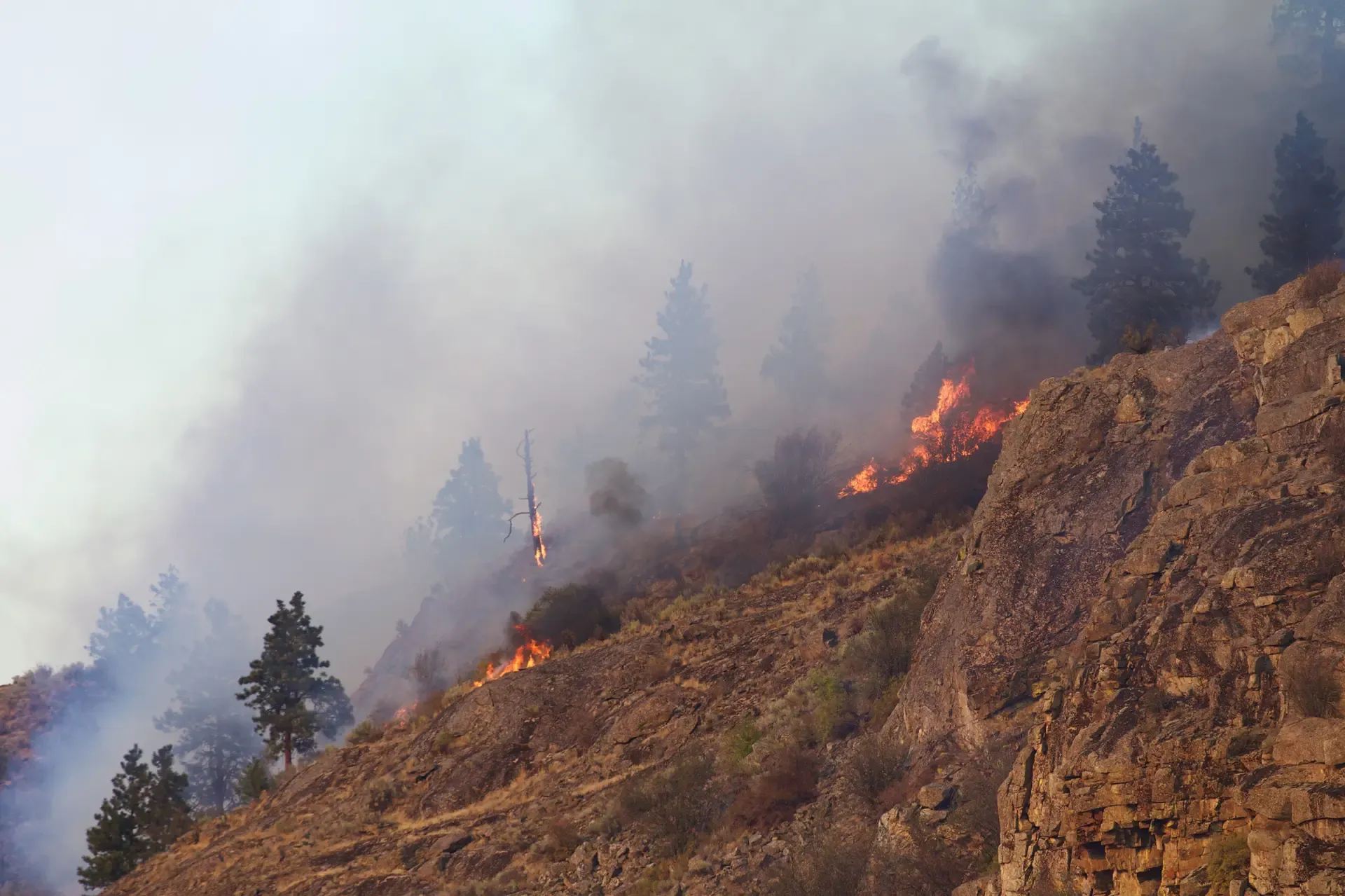
In a type: asset-hyperlink id: 2cVZU4kDEDlekXLrP851NY conducted across 11 Western states, the American Forest Foundation brings new light and answers to these key questions: Who owns the forests at greatest risk of wildfire? How much of these forests at high risk of fire overlap with important water supply watersheds? How much of this risk is borne by private non-industrial landowners?
The assessment, based on data from the Council of Western State Foresters (2015) and the U.S. Forest Service, analyzed fire risk across all burnable wildland vegetation and important water supply watersheds across all ownership types. The analysis shows more than 52 million acres of high fire risk across the 11 conterminous Western states are on private and family forestland, an area nearly the size of Kansas. Of this ownership category, more than 9 million acres are owned by thousands of individual and family landowners, typically called family forest owners.
Of the 34 million acres across the West both at high fire risk and in watersheds of important water supplies, more than 13.5 million acres fall on private and family lands, 3.5 million of which are owned by family forest owners. In some states, most notably California and Oregon, these private and family landowners own more lands at risk in key watersheds than the federal government.
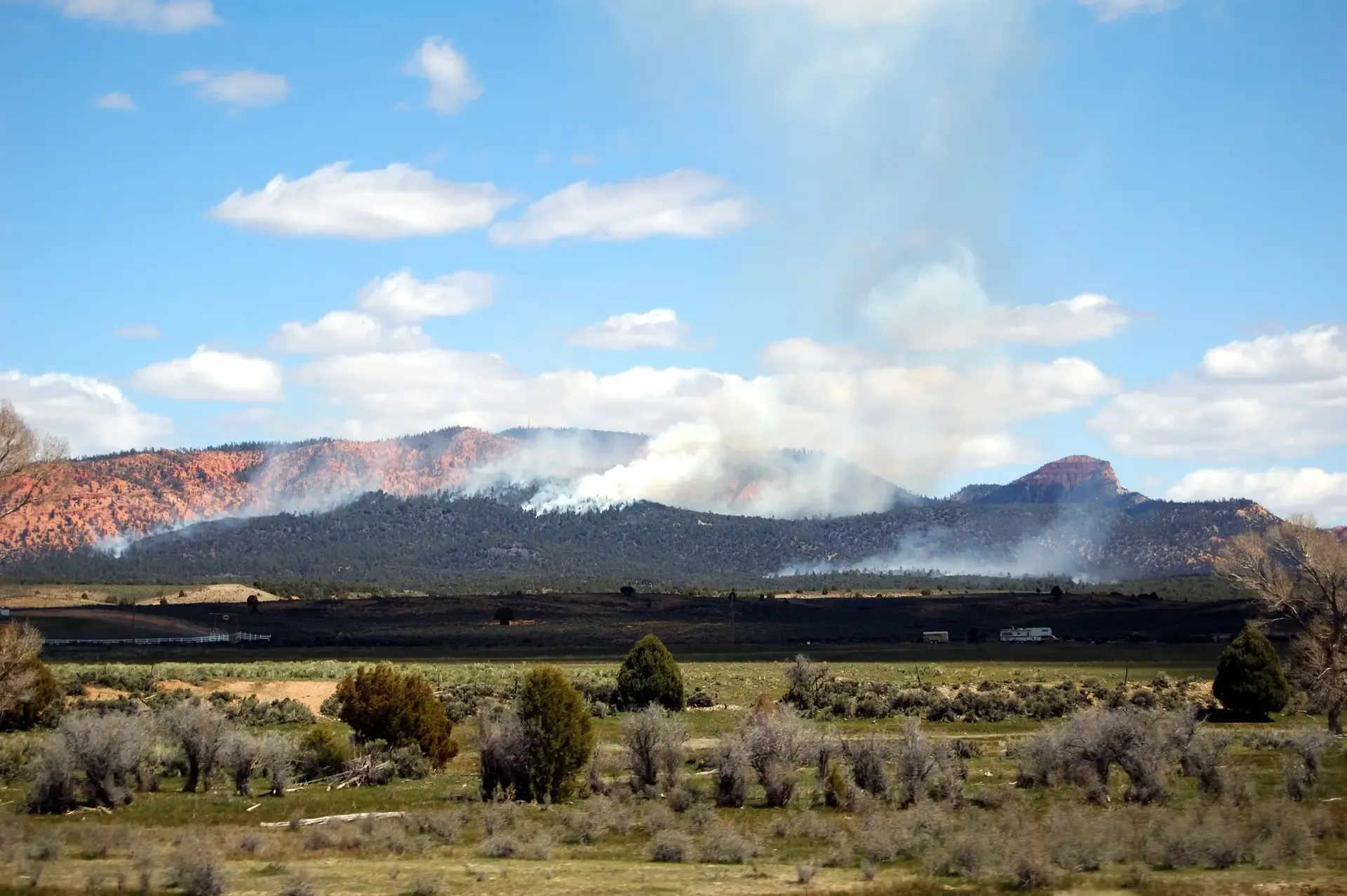
The clear conclusion is fire in the West is not exclusively a public lands problem. Understanding the distribution of risk can and should inform the strategies and approaches to mitigating that risk, particularly in areas where a critical public good such as water is implicated. But recognizing that private and family landowners have an outsized role to play in safeguarding Western water by itself is not enough. Understanding how best to empower these landowners to be more active stewards of their lands and of a public good like water is critical.
The second part of type: asset-hyperlink id: 2cVZU4kDEDlekXLrP851NYlooks more closely at the behaviors, motivations and barriers to action of Western family forest owners. Nearly 1,800 family forest owners across the West were surveyed to gauge their level of activity in reducing fire risk, the barriers most significant to them, and their motivations to action. While the analysis showed three in five landowners place fire as a primary concern and are, in fact, more concerned with fire today than they were five years ago, relatively few had taken action to reduce that risk.
Despite this relative lack of activity, Western family forest owners are motivated. Across acreage size, income level, age and duration of ownership, 70 percent of landowners indicated they are motivated to reduce risk on their lands by a sense of duty to be a responsible landowner. Fifty-eight percent valued improving the overall health of the forest. Yet, a large majority of 77 percent cite the high cost of management as a serious barrier to carrying out the actions needed to restore forest health. This pattern held across income levels, from the poor to the wealthy.
Given the newly understood and significant role of private and family landowners, type: asset-hyperlink id: 2cVZU4kDEDlekXLrP851NY includes three recommendations to protect clean water supplies from wildfire risks. The recommendations focus on solutions that can be implemented immediately, recognizing that there is a range of additional solutions, some of which will take years to pursue. The report recommends strategies that:
Increase on-the-ground cross-boundary efforts to engage private and family landowners focused on delivering measurable risk reduction and forest restoration at scale;
Improve policy and public funding to support on-the-ground action, including private and family lands; and
Catalyze markets that lower the costs of wildfire risk reduction and forest restoration and make ongoing healthy forest management economical.
There is no such thing as a fire-proof forest. Resource professionals such as foresters and ecologists will be the first to tell you that forests need fire to remain healthy and productive. At the same time, today’s hotter more frequent fires pose a threat to Western forests and the water they protect like never before. The future of the forests and the people of the West depends on restoring a resiliency in those forests to survive the inevitable fire. Safeguarding water quality and the many other public benefits provided by forests—such as clean air and habitat for fish and wildlife—requires empowering private and family landowners to manage their land in a way that contributes to the health of their forests and to the collective good of the nation.
type: asset-hyperlink id: 2cVZU4kDEDlekXLrP851NY
For the purposes of this report, private non-industrial landowners include individuals, families, trusts, partnerships and conservation and natural resource organizations, while excluding corporate and tribal ownerships. The report refers throughout to private non-industrial landowners and land as private and family landowners and lands. Also, for purposes of this report, Native American tribal lands, while distinct from public lands, are accounted for in tables and maps as part of the public land acreage. This ensures that their acreages are accounted for but not confused with the focus of this report, which is private and family lands.
Related Articles
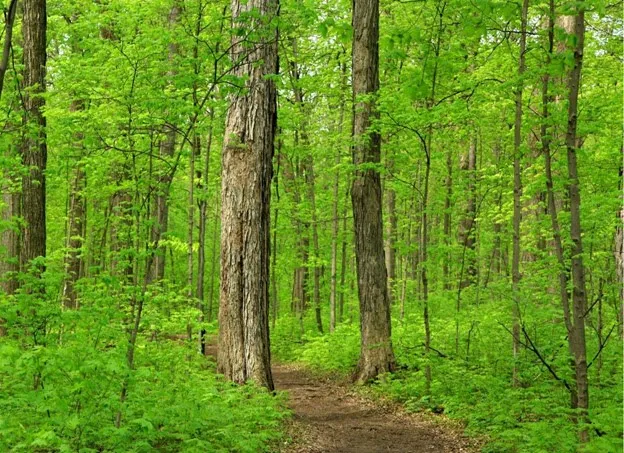
June 25, 2024
Updates to the Family Forest Carbon Program’s Forest Management Practices
As the Family Forest Carbon Program expands into new regions, new forest management practices are developed, tested and optimized to provide value to landowners and the environment.
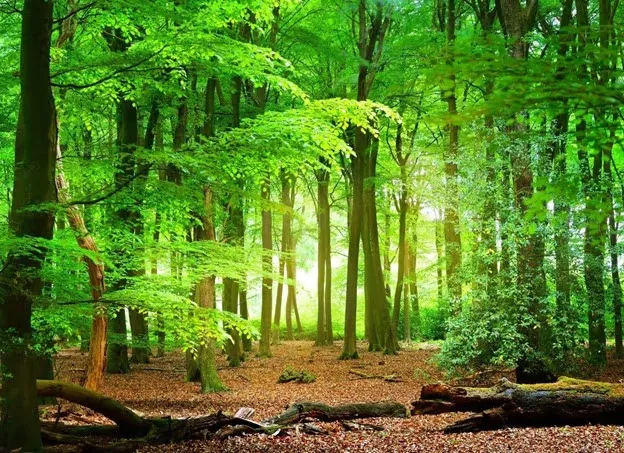
May 28, 2024
The Latest News on the Family Forest Carbon Program
The Family Forest Carbon Program is continuously expanding, with landowners in more states and counties eligible every year.
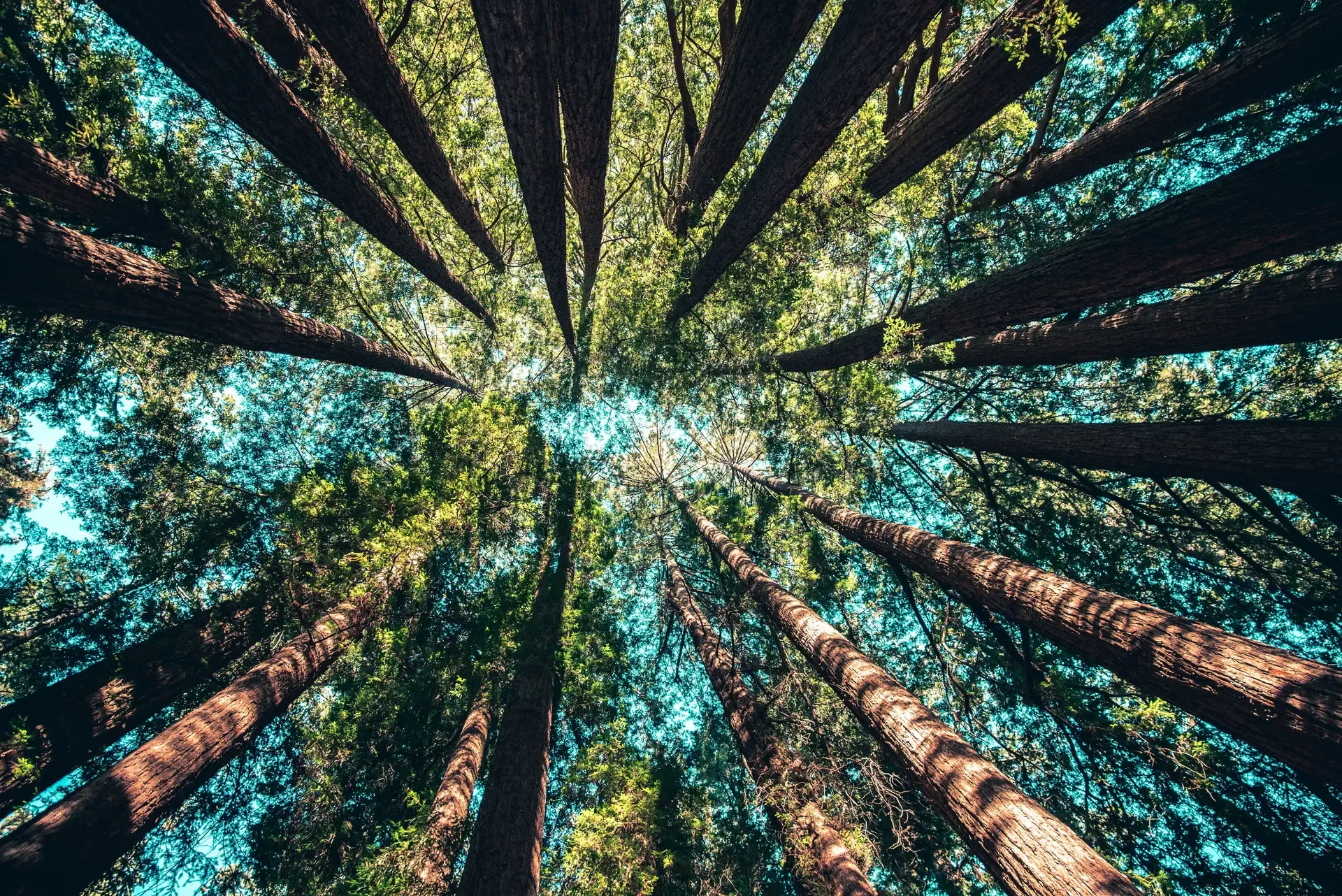
April 16, 2024
Get 20% More in Payment Value with the FFCP Premium Option
You can receive 20% more in payments with the premium option, and if you meet its requirements, you gain access to beneficial funding sources from the USDA.